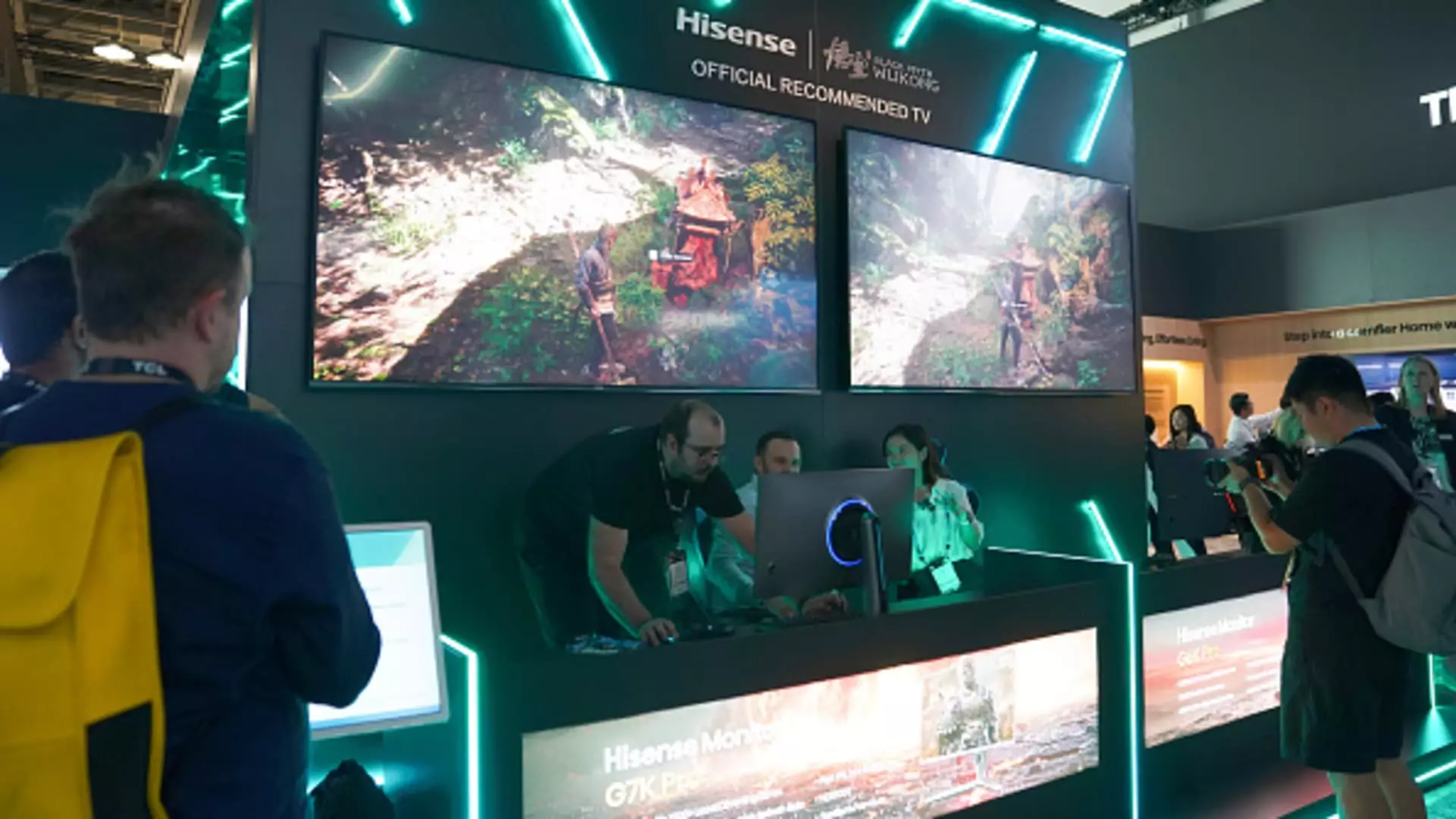In a bold move signaling its intentions, Chinese electronics giant Hisense has set its sights on becoming the premier television seller in the U.S. within a two-year window. Catherine Fang, president of Hisense International, articulated this ambition during a recent interview with CNBC. The strategic timing of this announcement coincides with the company’s efforts to drive brand recognition and market penetration in a highly competitive landscape.
A pivotal aspect of Hisense’s strategy is its recent collaboration with FIFA, as the company assumes the role of the first official partner for the upcoming FIFA Club World Cup slated for June 2025 in Miami. This sponsorship was celebrated at an event in Shanghai, attended by notable figures including FIFA President Gianni Infantino and Hisense Group Chairman Jia Shaoqian. Fang expressed optimism that this alliance would enable the brand to solidify its foothold in the U.S. market while painting Hisense as a premium brand within the global landscape. The sports event sponsorship aligns perfectly with their objective of enhancing their corporate image and product visibility among consumers who prioritize brand prestige.
Innovation is at the core of Hisense’s strategy, with the latest developments in television technology being a testament to this commitment. The company has introduced advanced televisions that incorporate an in-house artificial intelligence chip, designed to revolutionize the viewing experience through enhanced image rendering. Fang indicated that future models would also leverage AI to refine audio quality and enable voice-activated athlete statistics, demonstrating a commitment to providing cutting-edge features that resonate with tech-savvy consumers. However, it is notable that specific availability details for these technologies in the U.S. market remain undisclosed, which raises questions about the rollout timeline and competitive positioning.
At present, Hisense ranks as the second-largest television vendor in North America, trailing behind the industry giant Samsung according to Counterpoint Research. This positioning signals that, while the company demonstrates commendable growth potential, significant challenges lie ahead in dethroning established competitors. Analysts believe that Hisense, along with TCL, is shifting its strategy to focus less on traditional LCD televisions and more on sophisticated displays such as QD-LCD and Mini LED LCD. This shift might be critical for sustaining growth and capturing the interest of high-end consumers seeking superior television performance.
Hisense’s ambitions extend beyond just televisions; the company also aims to become the leading Chinese brand in the North American appliance market within the next two years. This multifaceted approach—encompassing both consumer electronics and home appliances—reflects an understanding of evolving consumer preferences and the importance of diversified offerings. With 30% of its international sales generated from North America, Hisense is strategically positioning itself to tap into growth opportunities while navigating the challenges of globalization.
Hisense’s calculated moves to enhance brand visibility, couple innovation with strategic partnerships, and broaden their product portfolio, highlight a comprehensive approach to achieving their aspiration of market leadership. Only time will tell if these efforts translate into success in a market that is both promising and fraught with rivalry.

